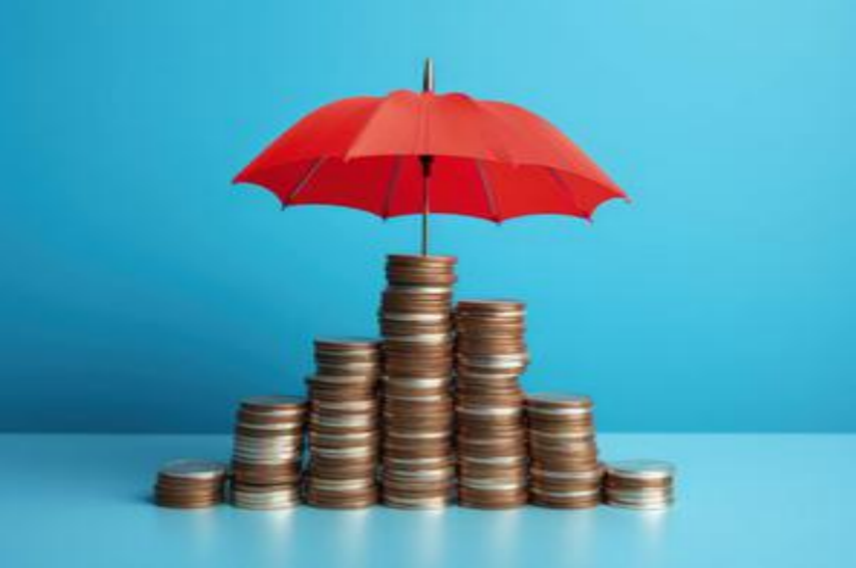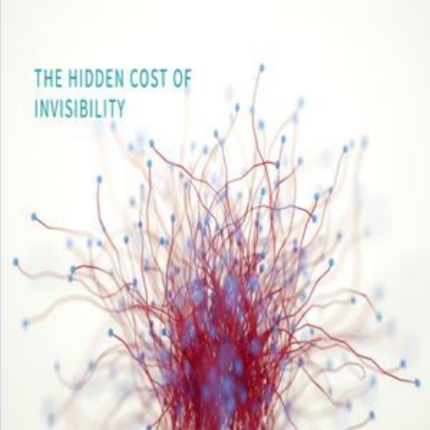In the modern world, millions of people cannot use the services of basic financial institutions worldwide, primarily because of geographical, economic, and social inclusion constraints. Commonly referred to as the ‘unbanked,’ these people lack access to formal credit, the means to save, invest, or improve their financial standing. But technology is gradually reversing this reality. Mobile banking, microloans, and digital wallets are innovations that improve financial inclusion, change lives, and boost the economies of the global population.
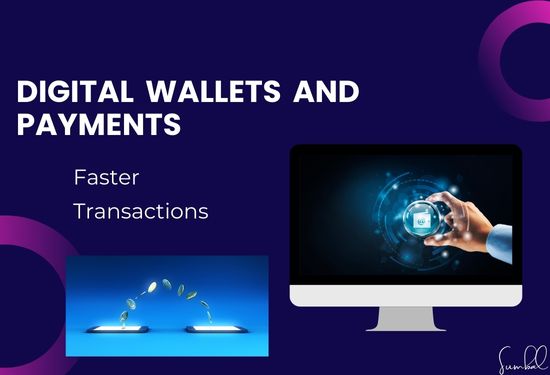
Mobile Banking
Mobile banking helped to open access to financial services, especially in the areas where the banking sector's infrastructure is limited. Mobile banking apps are available to help people open accounts, transfer money, pay bills, and save money, among other things, by just using a basic cell phone. A good example is the M-Pesa and Easypaisa, a mobile payment service introduced in Kenya and Pakistan to assist people in transacting through their phones. People through M-Pesa and Easypaisa do not need a branch to make financial transactions and keep their money; hence, it is an excellent tool for supporting the biggest population in remote or rural areas.
The shift has empowered millions of individuals to take part in the mainstream financial sector where they can save their money and utilize various instruments supporting fiscal stability. Mobile banking makes it easier for people in such regions to control their expenditures and save money for a rainy day or pay for financial services to prepare for the future.
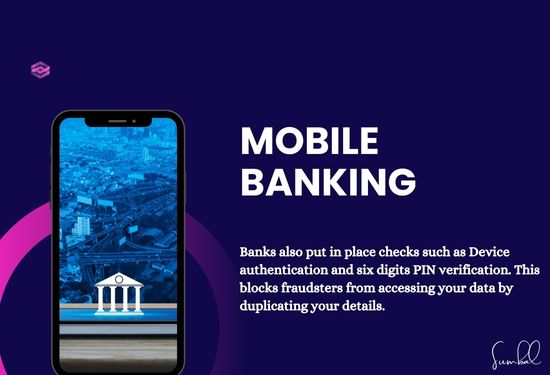
Microloans and Microfinance
Conventional financial institutions limit or deny loan opportunities to many underbanked populations due to perceived high risk or history of credit borrowers. Microloans are special in this regard. Microfinance lenders and Fintech companies offer small, easy-to-access loans for the needy who cannot access credit facilities from commercial banks. These micro-loans empower small businesspersons, mainly women in rural areas, to help them engage in ventures like fashioning, farming, or offering services.
Because digital microfinance platforms apply unconventional credit scoring techniques such as analyzing the pattern of call details, mobile recharge, bill payments, etc., everyone who does not have a rating traditionally can now borrow money. This creates a possibility of raising funds for the sectors that had no access to bank credit. Research has revealed that microloan access positively affects income certainty, increases business, and decreases poverty, thereby having a multiplier effect on society.
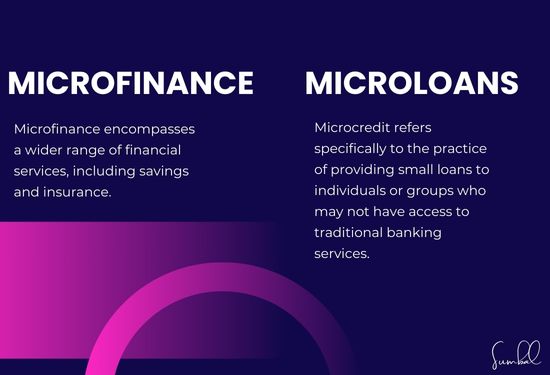
Digital Wallets and Payments
Another impressive instrument for providing financial services is digital wallets that enable customers to pay and save money within the digital environment. For people in unbanked societies, a smartphone with a digital wallet, such as Paytm for India or WeChat for China, can store cash without a bank account. People can become connected to the services via the application, purchase goods, pay bills, and make cross-border payments, which are essential for day-to-day life and economic activity.
Further, digital wallets eliminate the challenges of handling cash since it is often easily misplaced or stolen. In the case of the digital wallet, the users also have a record of the transactions made. Hence, there is encouragement for better money management and financial fitness among the users. These wallets thus foster the development of favorable conditions for the building of financial security by promoting the use of digital payments.
